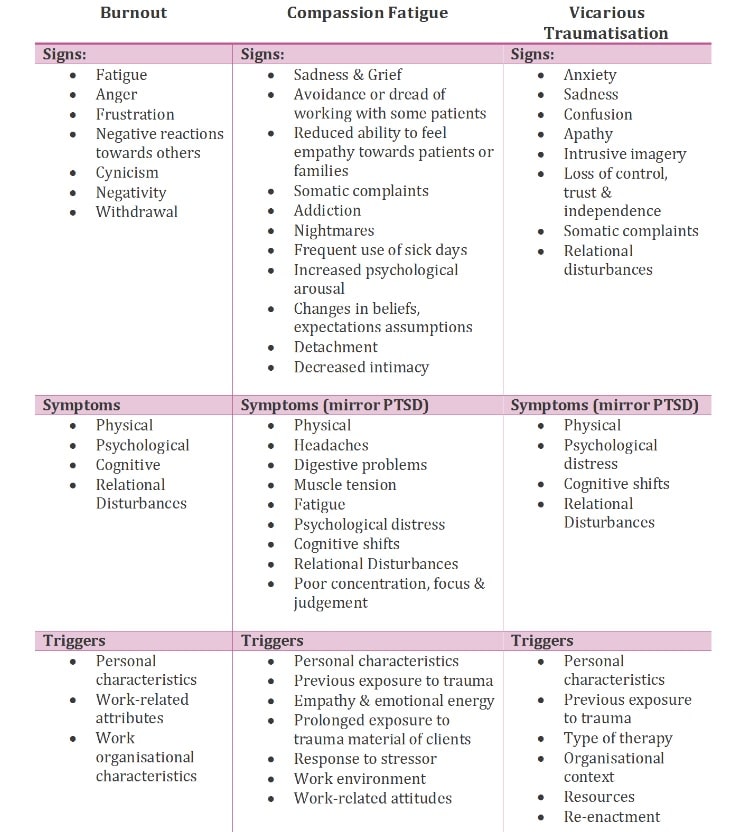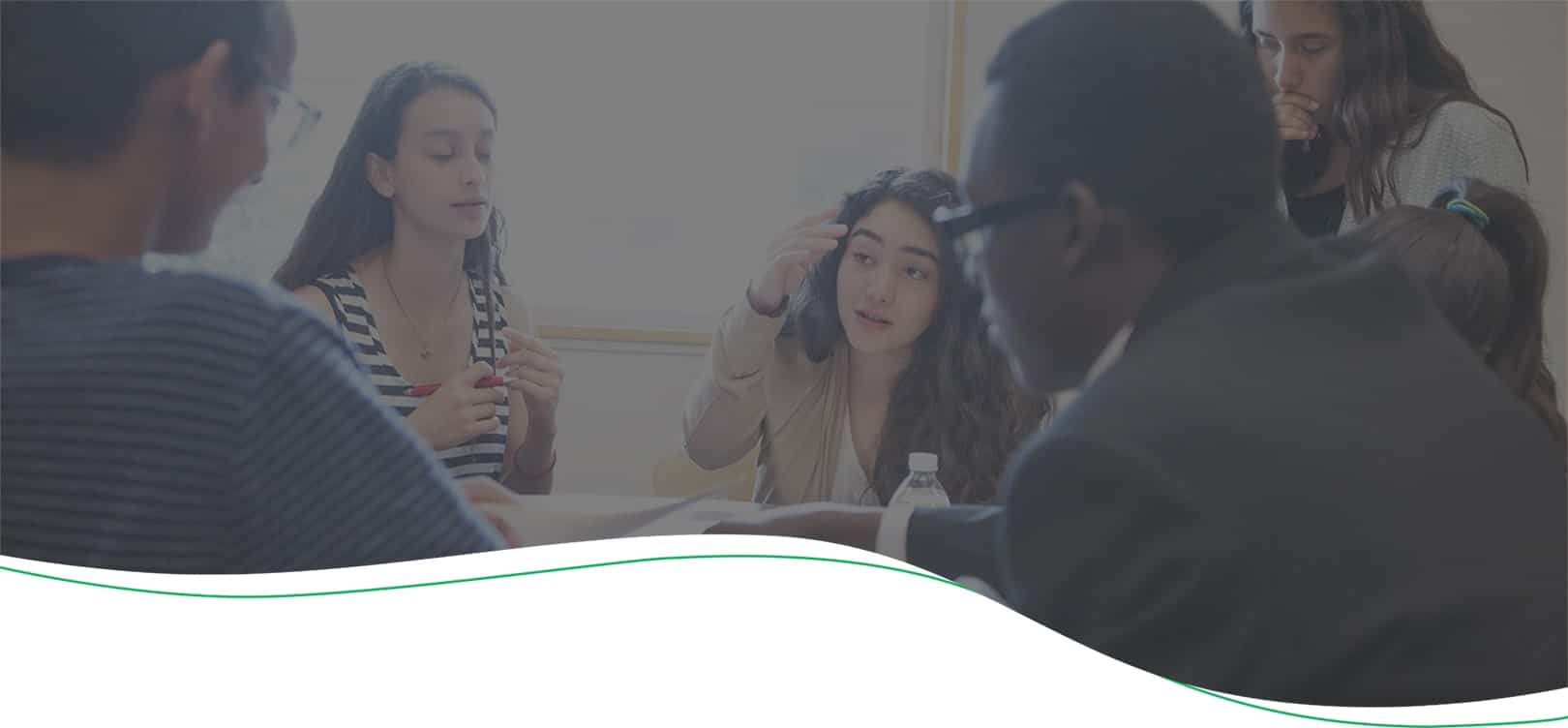
31 Dec Taking Care of Teachers: Secondary Trauma Coping Mechanisms
As a teacher, showing compassion is par for the job, but that compassion often comes with a cost. When more than half of America’s kids have experienced 1 or more severe traumas, about 35 million children, a teacher is on the front lines and bears the brunt. They work closely with each student, often becoming a pillar in the student’s support system, and the more they’re exposed to the traumas students bring to the classroom – poverty, abuse, grief, etc., the more their mental health could be compromised. Being exposed in this way can eventually turn into what is called secondary trauma, causing anxiety, depression, and chronic fatigue. We know many professionals, especially in the mental health fields or law enforcement, can experience indirect trauma, and educators are no exception.
So if you’re a teacher, who’s taking care of you?
Vicarious trauma in teachers is real and both administrators and the teachers themselves must be aware of the signs and symptoms of secondary trauma, in order to create an environment where everyone feels supported.
Unpacking the terms
Secondary trauma vs Compassion fatigue vs Burnout
Before we explore some ways on how to deal with secondary trauma, there are a few terms we should identify that often get used interchangeably.
As an educator, you’re likely already aware of the differences between them, but it’s critical to understand the distinctions to help better identify your own experiences. Indirect trauma isn’t always as easy to identify and can often be labeled as “a bad day,” or normal exhaustion from teaching. Others might even feel guilty for having it all, seeing the real pain their students have endured. Because of that guilt, some may chalk it up to something much smaller like general fatigue or basic burnout from work.
And while we are not doctors here at Women Wonder Writers, there are a few basic differences in these terms that are important to note.
But being exposed to the types of traumas your students bring into your classroom can take an emotional and physical toll that can actually manifest as anxiety, depression, and chronic fatigue—something that can have a negative impact on your mental health, how you teach, and so inevitably, your students’ education.
What is compassion fatigue? Compassion fatigue vs burnout
Compassion fatigue is more than burnout or exhaustion, this refers to the intense physical, mental, and emotional erosion that occurs when teachers (or any other professional in a “helper” capacity), are unable to refuel.
This inability to recharge can leave some with little empathy for those they serve or work with. The situations that are incredibly depleting can deplete the person of their compassion. Juliette Watt goes into further detail below.
What is Compassion Fatigue? Watt explains in this Tedx Talk
Symptoms of compassion fatigue include:
- Indifference
- Depression
- Anxiety
- Guilt
- Anger
- Changes in sleeping or eating patterns
- No boundaries
Burnout can come from a variety of things, and isn’t necessarily linked to trauma. Burnout can be exhaustion from the workload itself, work culture and toxicity, poor job satisfaction, feelings of powerlessness at work, or even poor healthcare benefits and salary.
What is secondary trauma? What is vicarious trauma?
Secondary trauma is sometimes used interchangeably with vicarious trauma. This is the most harmful because the individual’s psyche and belief system are affected. Secondary trauma marks the shift in perspective and the way someone views the world. While compassion fatigue often creates this secondary traumatic stress, this vicarious trauma in teachers must be understood as more than just burnout or exhaustion, it is a profound shift that others might notice and it comes from this prolonged exposure.
An example is that perhaps the educator no longer believes in what they do, they begin to view the world from a place of helplessness, rather than helpfulness.
Some common signs of secondary trauma include:
- Dreams about students’ traumas
- Intrusive thoughts about them
- Depression, anxiety
- Anger, irritability, and impatience
- Feelings of helplessness and hopelessness for the future
- Lack of focus, difficulty concentrating
What is Secondary Trauma?
We’ve also included a table from TransitionalSupport.com, an organization that provides counseling and various other mental health services.

So once we recognize it, do we know how to deal with compassion fatigue, how to cope with secondary traumatic stress?
Coping with Secondary Trauma
How can teachers stay healthy?
If you’re a teacher who cares about their students, and because you’re a teacher this is likely you, coming out unscathed will be hard.
And we didn’t even discuss being a teacher in a global pandemic!
Building coping skills and strategies is essential, and hopefully you don’t have to work on this alone. School administrators should be supporting their teachers as best they can, but that leads to the first strategy…
Talk to and Rely on Others
Whether you believe you’re experiencing minor burnout, compassion fatigue or secondary traumatic stress, talking about your feelings or even lack of feelings is critical. Therapists, friends, family, and yes, your boss, has to be a priority. In-school support is invaluable. There are a variety of ways administrators can support teachers, and especially now, that should be a focus in your district. If it isn’t, consider calling a meeting about it, getting on a Zoom call with your fellow teachers. You are probably not alone.
Set Boundaries
A big sign that you’re already experiencing vicarious trauma is a lack of boundaries. You may be over extending yourself to your students. You don’t have to stop caring but there does need to be a limit to your care. Who are the trained psychologists in your school? Are they easily available to students during the pandemic? In general? Do you as an educator have access to trauma-informed training so you can be better equipped when the student’s needs are within your boundaries. Be sure that you have a streamlined system for when crises come up in the classroom. This will help you avoid overextension when triggering events arise. You don’t have to carry the weight of your students’ traumas alone.
Remember Your Role and Reframe Control
Okay, so maybe this is a little cheesy, but all this means is don’t forget what you’re there to do. There will be situations that break your heart where you have absolutely no way of taking that pain away for them. You’ll feel like you have no control. You do not need to take this on. Instead, reframe your concept of control, what can you do for this student? Simply by providing them a safe space to be themselves in, is enough.
Separating Work and Home Life w/ Rituals
Establishing the dividing line between work and home life. It’s about balance, but also balance in thought. Sometimes rituals help the mind facilitate the break between when work is over, and when self-care, or simply other responsibilities begin. An example of a ritual could be the second you get in your car you put on a particular audiobook or podcast, or it could be marked by a bath. Another option is to journal, you can get all of your feelings of the day out, but once you’re finished, you don’t think about it again.
If you need that physical reminder, go for it. The most important thing is to stick to that separation. Vicarious trauma in teachers is real so knowing how to shut down that side of us and separate work from our personal lives becomes vital.
UP NEXT
Trauma-Informed Teaching Strategies
There isn’t a rulebook on how to make a difference in students’ lives, especially those that are affected by trauma. But with the right trauma-informed mindset, we can build safer environments for our students. The next post goes over some teaching strategies for both the virtual and in-person classroom.


